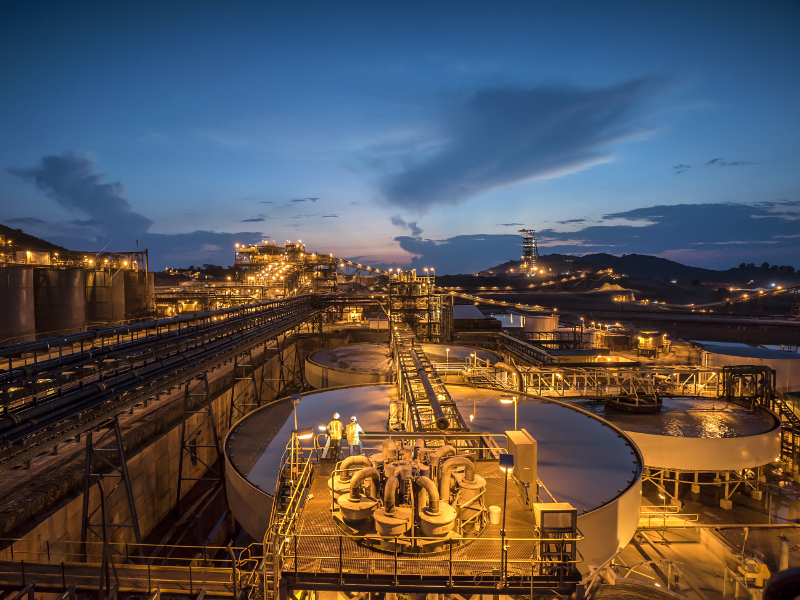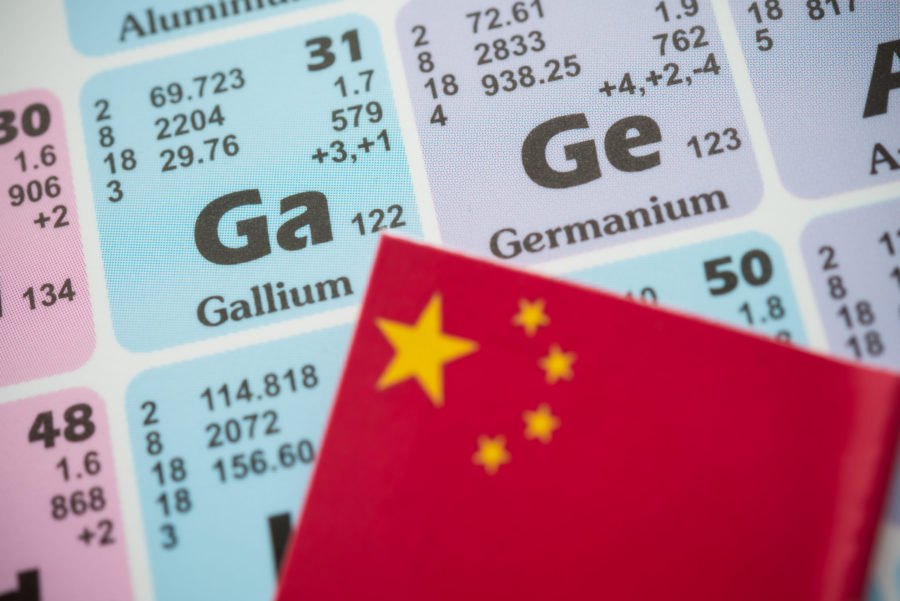Kibali mine beats guidance with record 2019 output

Barrick’s 45% owned Kibali mine, located in the Democratic Republic of the Congo, exceeded its 2019 production guidance of 750,000 ounces by a substantial margin, delivering 814,027 ounces of gold in a record year.
In a media briefing this week in Kinshasa, President and CEO Mark Bristow said that Kibali’s performance demonstrated how a “modern, tier-one gold mine could be developed and operated successfully in what is one of the world’s most remote and infrastructurally under-endowed regions.”
Barrick is developing a grid stabilizer project at Kibali, scheduled for completion in the second quarter this year
Already considered one of the world’s most highly automated underground gold mines, Kibali continued its technological advance with the introduction of truck and drill training simulators and the integration of systems for personnel safety tracking and ventilation demand control.
The simulators would also be used to train operators from Barrick’s mines in Tanzania, which last week were given a new breath of life following a “historical” agreement between the company and the Tanzanian government.
“The completion of the Kalimva Ikamva prefeasibility study has delivered another viable opencast project which will help balance Kibali’s opencast/underground ore ratio and enhance the flexibility of the mine plan. Down-plunge extension drilling at Gorumbwa has highlighted future underground potential and ongoing conversion drilling at KCD is delivering reserve replenishment,” Bristow added.
According to Barrick, Kibali is on track not only to meet its 10-year production targets but to extend them beyond this horizon.
Addtionally, Barrick is developing a grid stabilizer project at Kibali, which is scheduled for completion in the second quarter this year.
The project will use a new battery technology to offset the need for running diesel generators as a spinning reserve and ensures we maximise the use of renewable hydro power. The plan is to improve efficiencies and control power costs with the installation of three new elution diesel heaters.
More News
Is Basel III setting up a new gold-backed monetary system?
April 20, 2025 | 08:22 am
China’s export controls are curbing critical mineral shipments to the world
April 20, 2025 | 08:15 am
{{ commodity.name }}
{{ post.title }}
{{ post.date }}




Comments